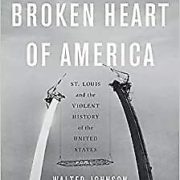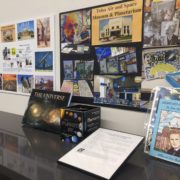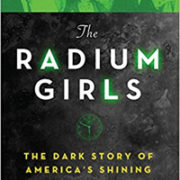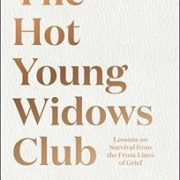Women of the Blue and Gray: True Civil War Stories of Mothers, Medics, Soldiers, and Spies by Marianne Monson
Lately, I’m of a mood to read everything nonfiction. As such, I presently have nine new nonfiction books checked out from the library. Which is to say it was challenging to decide which book to read in its entirety and to write about for this review.
Although Karen Blumenthal’s Bonnie and Clyde: The Making of a Legend was good, to say the least, you no doubt are familiar with their story, including their brief stint here in Joplin, which resulted in those playful, infamous photographs the gang left behind as they fled town.
Another contender was Craig Brown’s Ninety-Nine Glimpses of Princess Margaret. Admittedly, I’ve yet to finish that one. It’s not that I don’t appreciate Brown’s untraditional (for a biography) formatting, but, frankly, I find Princess Margaret exhausting in a gossipy, spoiled sort of way. I started to feel as if I was glimpsing into a collection of US Weekly or People magazine articles. Which is fine, if that’s what you’re in the mood for.
After reading, if one only in part, these two titles, as well as perusing the others, which range in topic from American capitalism to feminism to language to politics to reading (Yes, a book about reading!) and to travel, I settled on a history. Specifically, Marianne Monson’s Women of the Blue and Gray: True Civil War Stories of Mothers, Medics, Soldiers, and Spies.
Monson’s well-documented account tells the story of countless women who participated in the American Civil War: those who fought on the frontlines alongside men (often while disguised as men); those who formed so-called beardless brigades to protect their hometowns; those who nursed soldiers after, as well as during, combat; those who smuggled food, people, supplies, and weapons across enemy lines; those who created extensive spy networks; and those who otherwise contributed to the efforts of that long, bloody war.
This collection of histories and brief biographies is introduced with a discussion about woman’s veiled role throughout history and the importance of lifting that veil. And not just from women of certain or particular perspectives or upbringings, but from women—black, immigrant, Native American, white, poor, rich, middle-class, educated, uneducated, freed, enslaved, and all others, and, especially in the case of this book, northern and southern women alike.
Researching the history of women, particularly enslaved or uber-marginalized women, is a challenging, frustrating endeavor. Oftentimes, information was not recorded about women as it was about men, especially during eras when women did not own property, work outside of the home, or keep their maiden names when married. Monson’s research, which she carefully notes at the end of each chapter, is impressive, as are her chapter-by-chapter suggestions for further reading.
Monson refreshes our memories of well-known voices from this era, such as Harriet Beecher Stowe, Lydia Marie Child, the Grimké sisters, Harriet Jacobs, Harriet Tubman, Clara Barton, and others. Further, she restores the histories of women who are likely lesser-known, such as Susie Baker King Taylor, Frances Clayton, Mary Jane Richards, Belle Boyd, the Sanchez sisters, Rebecca Wright, Anna Ella Carroll, Rachel Moore Brownfield, Mother Bickerdyke, Dr. Mary Walker, Mary Ann Shadd Cary, Chipeta, Hanging Cloud, Sallie Peacheater Manus, and numerous others.
Through the varied voices of these women, we not only gain a better understanding of what life was like in that era, but we discover the emergence of patterns and themes that continue to be relevant in contemporary America.
As always, happy reading.










